Photo by Willy Spiller
Orchard Street between Stanton St and Rivington St, 1978
New York in Pictures: The Lower East Side
February 17, 2022
“But, all in all, it’s still New York City and there’s still no place like it. You know there was a famous author […] at the time [who] said: ‘there’s really only three cities in America: San Francisco, New Orleans, and New York. The rest is just Cleveland.’” says Mike, a native New Yorker from the Bronx in response to the question of whether he had seen any changes in all his time in the Lower East Side, or as it’s referred to by locals, LES.
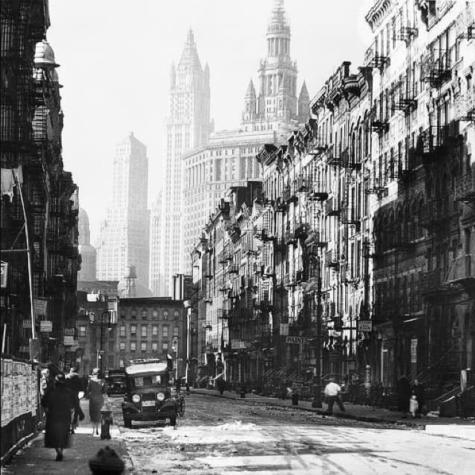
There is no doubt though, that in its 400+ years of colonial and American history, Manhattan’s Lower East Side has seen tremendous change. Starting out as seasonal fishing grounds for the Lenape Nation, the area has sustained human activity for over 5,000 years. When the Dutch conquered the island in the 16th century, the land adjacent to the settlement of New Amsterdam became an area of small farms owned by semi-free Africans as well as plantations called “bowerijen” (from Old Dutch). As the city grew, the area was collectivized by larger landowners, specifically the Peter Stuyvesant and the Delaney family, with many streets and places in the neighborhood named after them today.
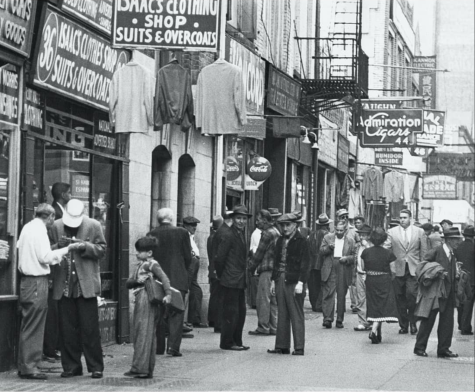
After the British takeover of the settlement — now renamed New York until the very end of the Revolutionary War — and the subsequent expansion of the city under the new American nation, the area was developed from mostly rural farmland and smaller buildings into densely populated, urban tenement blocks. The area’s primary inhabitants were newly arrived Irish and German immigrants who arrived en masse in the early 19th century.
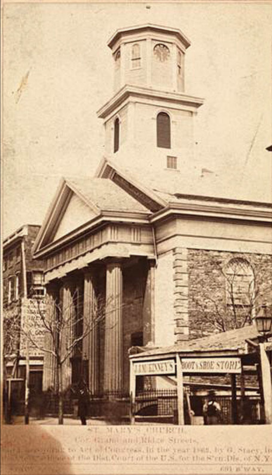
After this, millions of immigrants entered the city; Jewish, Italian, Polish, Ukrainian, etc. If an immigrant got processed through Ellis Island, chances were their first stop, job, and residence was in the Lower East Side.
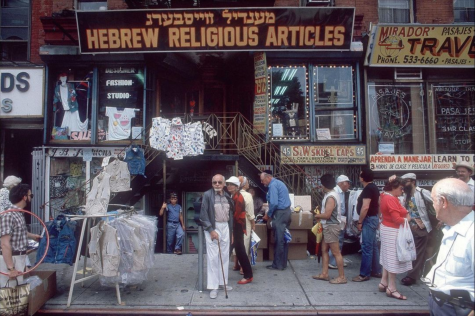
With large numbers of European migrants no longer settling in New York starting in the first half of the 20th century, many of the first generation Jewish, Italian, and Polish Americans born in the Lower East Side left in droves. This devastated the neighborhood in the late 1960s to early 1970s, and left its now majority Hispanic and Chinese population to fend for themselves, as they didn’t have access to the same unskilled labor opportunities as the earlier waves of immigrants.
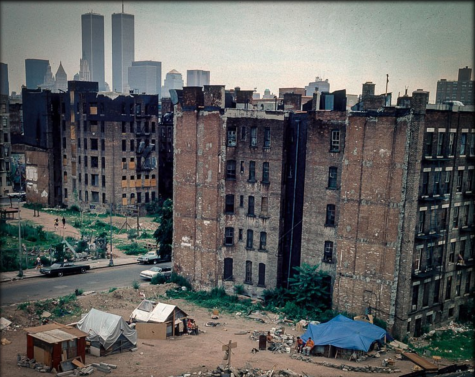
With much of its tax revenues lost to the new suburbs that many of its former middle-class residents now lived in, and huge debts accrued throughout the previous decade now having to be repaid, the city faced a period of vast financial troubles. In this mess, the neighborhood fell into a period of urban decay, which was further affected by the violence that came along with it. Despite this and due to the cheap cost of living in the area, the Lower East Side became a haven of New York’s art scene in the 1970s and 1980s. From CBGB’s, to A7, to Doc Holiday’s; a collection of clubs and dive bars helped muster the artistic atmosphere that birthed the Ramones, Television, Lou Reed, the Talking Heads, Blondie, the Beastie Boys, Jean-Michele Basquiat, and many others.
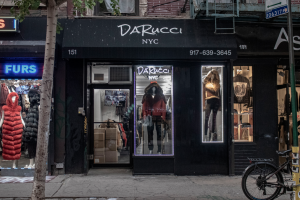
After this period, a steady drop in crime and the artistic aura, emanating out of the neighborhood for, at this point, 20 years, attracted a new demographic of upper-middle-class residents in the late 1990s and early 2000s. Over the past 30 years, an era of gentrification has changed the neighborhood’s economics and demographics yet again. Many areas that were completely run down—such as Alphabet City— now attract a host of small businesses, new medium-density housing where vacant lots once stood, and a mixed crowd of wealthy white people and working class Hispanic and Black people, usually depending on the block or housing code of specific buildings. Clubs and bars once dominated by locals of less means or struggling artists are now inhabited by university students and young professionals.
The neighborhood now, at least aesthetically and in terms of crime, is arguably in the best shape that it has ever been. “It’s getting a lot better than before because not too many people used to live in this area, and a lot of new buildings, renovated buildings, and condominiums are coming out right now,” says Win Ma, an immigrant from Hong Kong living and working out of the Lower East Side for more than 40 years.
But former residents have been priced out of the neighborhood in the past 30 years, and many of those who remain claim that the neighborhood has lost its character due to the influx of well-off and mostly white transplant residents, as well as a loss of crucial businesses and neighborhood gathering places. “It’s not what it was years ago. In terms of gangs, culture,” says Tony, a Puerto Rican-born New Yorker and resident of the LES since his youth in 1956. “I would not choose the Lower East Side over any other neighborhood, because it has history, and offers a lot for us… If I’m going to move anywhere I’d move to Jersey… because too much stuff is happening over here, crime/killings… but even now, if I had to [move into the Lower East Side] again, I would,” he explains.
With old businesses dying out and many new people moving in, the neighborhood seemingly isn’t what it used to be… or is it? When asked what the LES means to him, Carlos, a T4 student and lover of all things LES and Punk, discussed the notion of decay or negative change to the neighborhood by drawing comparison to the punk movement so synonymous with the LES. He said: “when talking about punk subculture, people (…usually older…) will promote these totalizing narratives that ‘punk is dead.’ Punk has changed, but it is certainly not dead. The same can be applied to the LES – punk and the LES, in my opinion, are inseparable. Yes, of course it’s changed, but the aura of old NYC is still there and there are still really awesome scenes going on. All it takes is a little bit of digging in to find them. There’s always some cool events going on in Tompkins. A little bit of shameless self-promo, I’ve organized a couple of events in the LES, and have a couple more lined up for next year. People reading this should definitely come through.”
The neighborhood has changed, there is no doubt about it. But this is also not the first time, nor will it be the last. Do the positives outweigh the negatives? Well, that is for you to decide. This vibrant neighborhood, so crucial to the city throughout their shared history, will always be important to those residents, kids, punks, immigrants, artists, and many more who continue to shape, define, and make the neighborhood the place it is.
Some great local networks you can follow on Instagram if you want to put yourself in touch with the LES’s political community are:
@eastvillagemutualaid
@leshrc
@bluestockingsnyc
@morusnyc
@solidarityatunisand @solidarity_at_work are organizing a drive for the Tompkins Sq Community that will happen pretty soon.
Or to @carlospratestavares directly

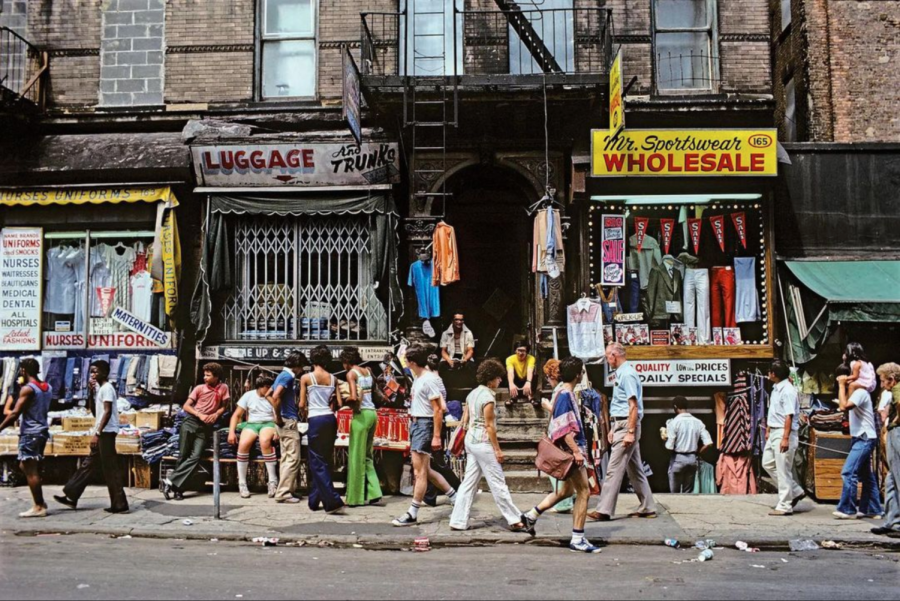
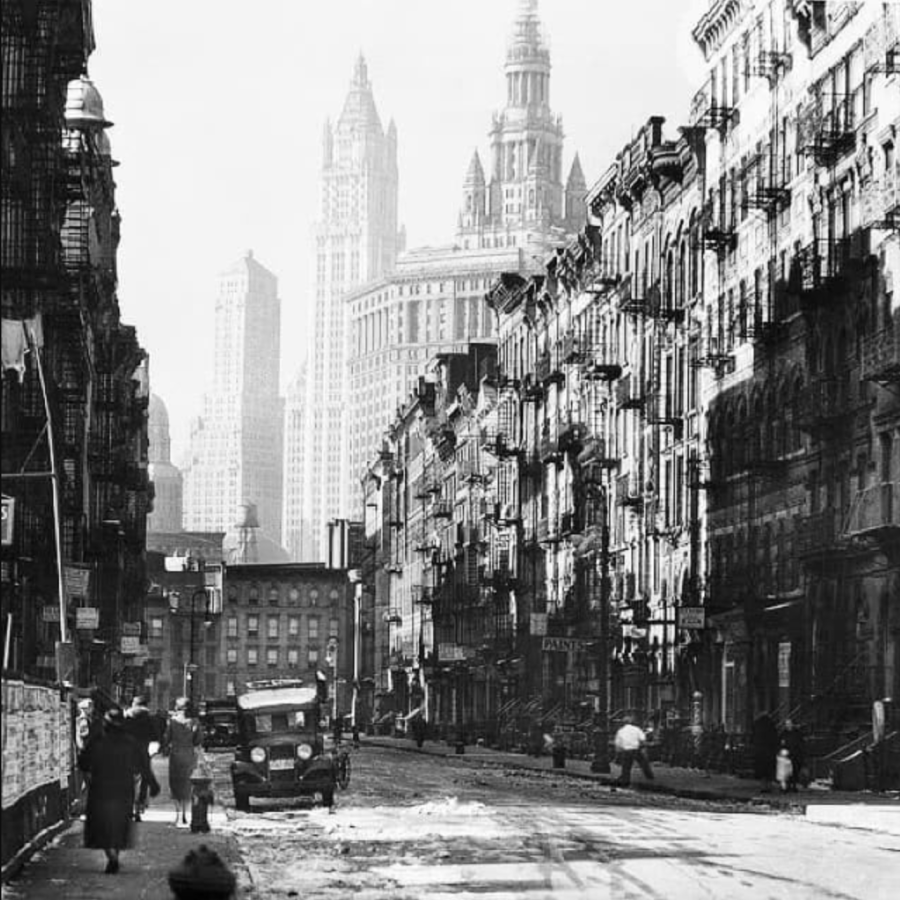
Carlos • Feb 19, 2022 at 10:39 The UNISVerse Pick
Very cool article! not many people give A7 enough attention, even though it deserves so much. Also, one interesting thing is that in the ’80s, as people started moving out/not being able to pay rent, landlords figured out that they could get more money from the building insurance than they could from the actual tenants. What ended up happening a lot in the LES is that landlords would hire professional arsonists to burn the building down, giving the landlords enough money to buy a place in Long Island or somewhere else. The burnt-down buildings became empty lots, many of them like the picture taken of 7th street. Starting in the late ’80s, people trying to foster more community in the LES started turning these lots into community gardens!! This is why, if you walk around the LES, you’ll see many community gardens that are pretty much just an empty space between two buildings. Then in the Giuliani administration (Giuliani always pops up somewhere, somehow) the city started trying to shut down these gardens—that’s for another time.
Also, interestingly, one of the reasons why the LES has such a strong community is because there are (or at least were) no subway lines in Alphabet City, which meant that people walked around (biking really only took over in the late ’90s-00s) a lot more than in other neighborhoods, and saw each other with much more frequency.